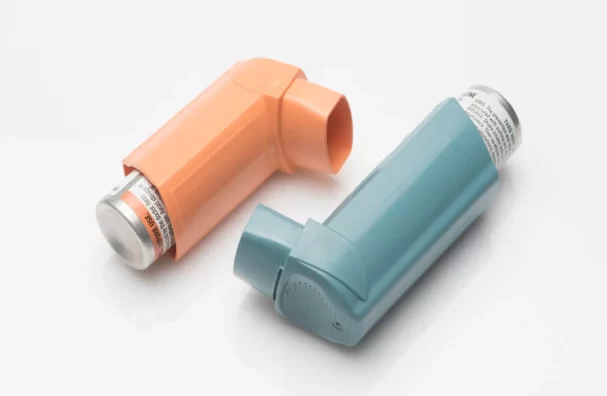
A team of researchers at the Keck School of Medicine, University of Southern California, have made a significant breakthrough in understanding the mechanisms of allergic asthma and potentially discovered a new treatment approach.
Allergic asthma is a subtype of asthma where the symptoms are triggered by exposure to allergens. The primary cells responsible for driving allergic asthma are Type 2 innate lymphoid cells (ILC2s). These immune cells, residing in the lungs, skin, and other tissues, become hyperactive in the presence of allergens, leading to proinflammatory signals that call additional immune cells into the lungs. This cascade of events results in excessive inflammation and a tightening of the airways, making it difficult for asthma patients to breathe.
ILC2s are crucial drivers of inflammation in the lungs, especially in allergic asthma. When an allergen activates ILC2s, they begin to produce a protein named Piezo1 that can limit their activity.
Piezo1 forms channels in the outer membranes of cells that open in response to mechanical changes in the cell’s environment, allowing calcium to enter the cell and change its activity. This suggests that Piezo1 plays a significant role in controlling the hyperactivity of ILC2s in response to allergens.
The research team found that, in the absence of Piezo1, mouse ILC2s became more active than normal in response to allergenic signals, and the animals developed increased airway inflammation. This observation underlines the importance of Piezo1 in controlling the hyperactivity of ILC2s.
The researchers introduced a drug called Yoda1 to the study, which is known to switch on Piezo1 channels. The treatment with Yoda1 reduced the activity of ILC2s, decreased airway inflammation, and alleviated the symptoms of allergen-exposed mice. This suggests that Yoda1 – or similar drugs that activate Piezo1 – could potentially be used as a therapeutic tool to modulate ILC2 function and alleviate the symptoms associated with ILC2-dependent airway inflammation.
Yoda1 treatment also had a significant impact on ILC2 metabolism. The treatment reduced ILC2 mitochondrial function and rewired the cells’ energy source. This further suggests that Piezo1 channels play a significant role in the overall metabolic regulation of ILC2s.
The researchers found that human ILC2s also produce Piezo1, a discovery that prompted them to test the effects of Yoda1 on mice whose ILC2s had been replaced with human immune cells. The treatment reduced airway hyperreactivity and lung inflammation in these “humanized” mice, further strengthening the case for Yoda1 as a potential therapeutic tool in humans.
The results of this study suggest that Piezo1-driven therapeutics could be a promising new approach to treating allergic asthma. However, further studies are needed to fully understand the role of Piezo1 channels in human patients with asthma and to develop Piezo1-driven therapeutics for the treatment of allergic asthma pathogenesis.
